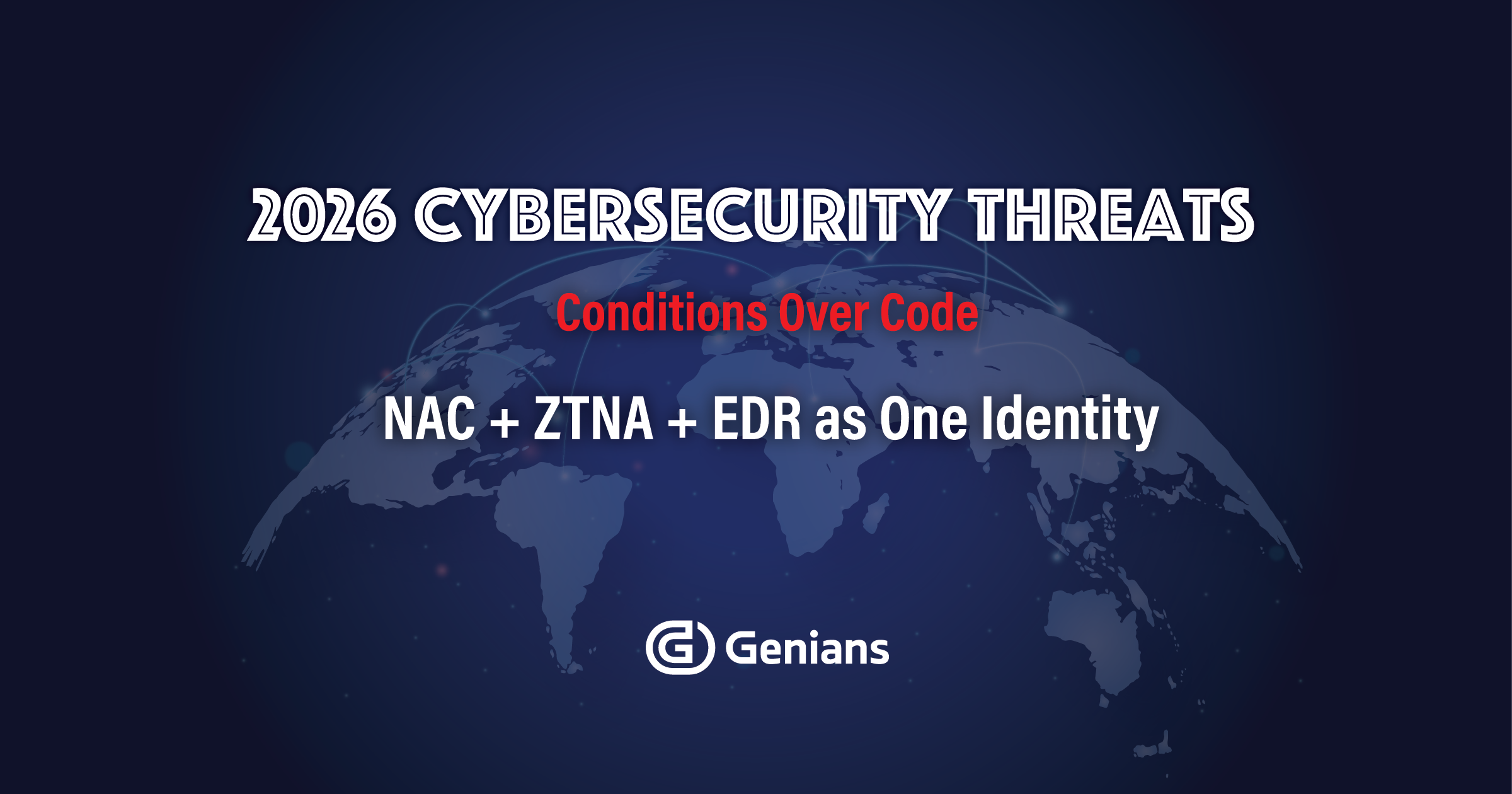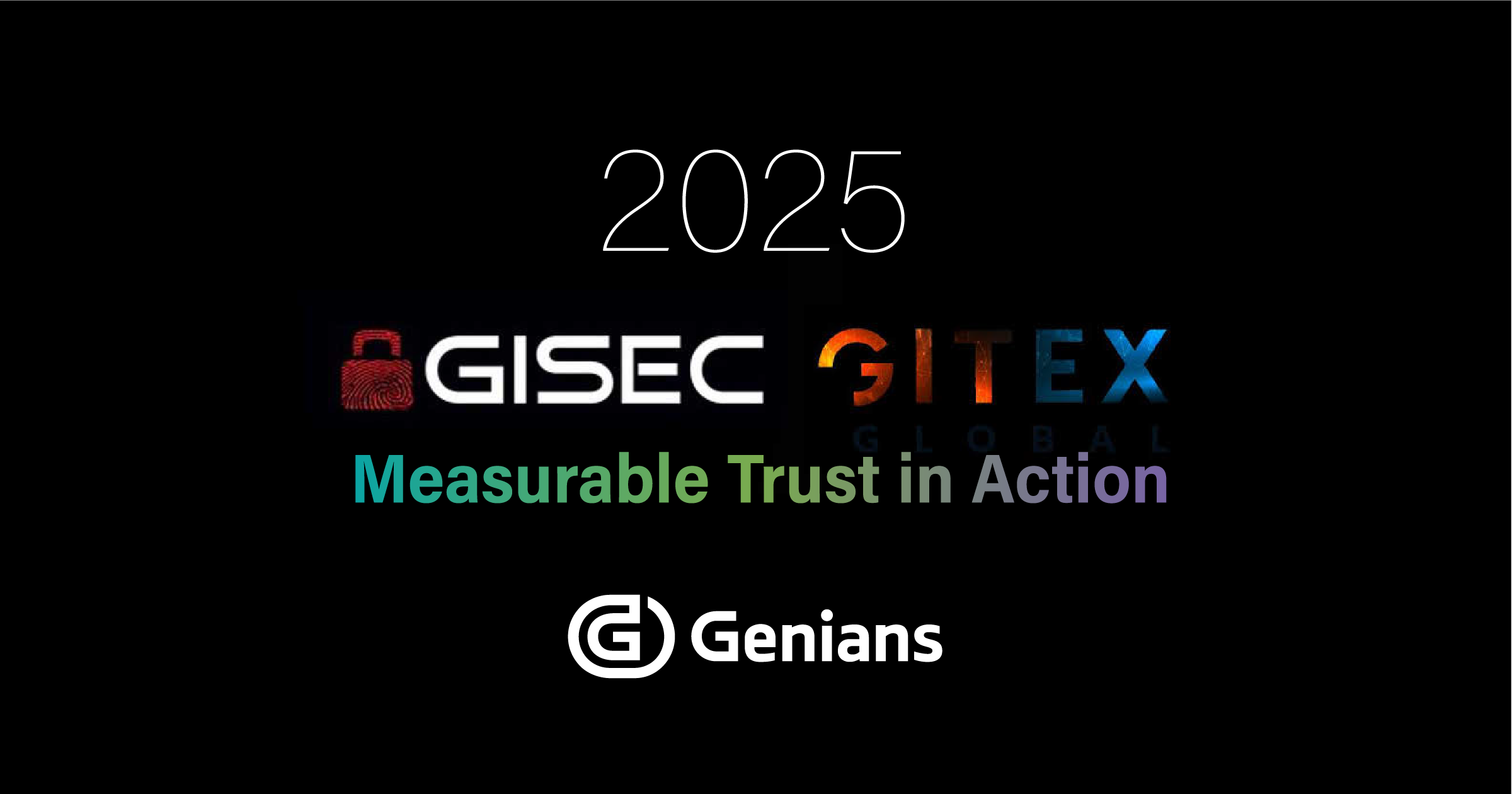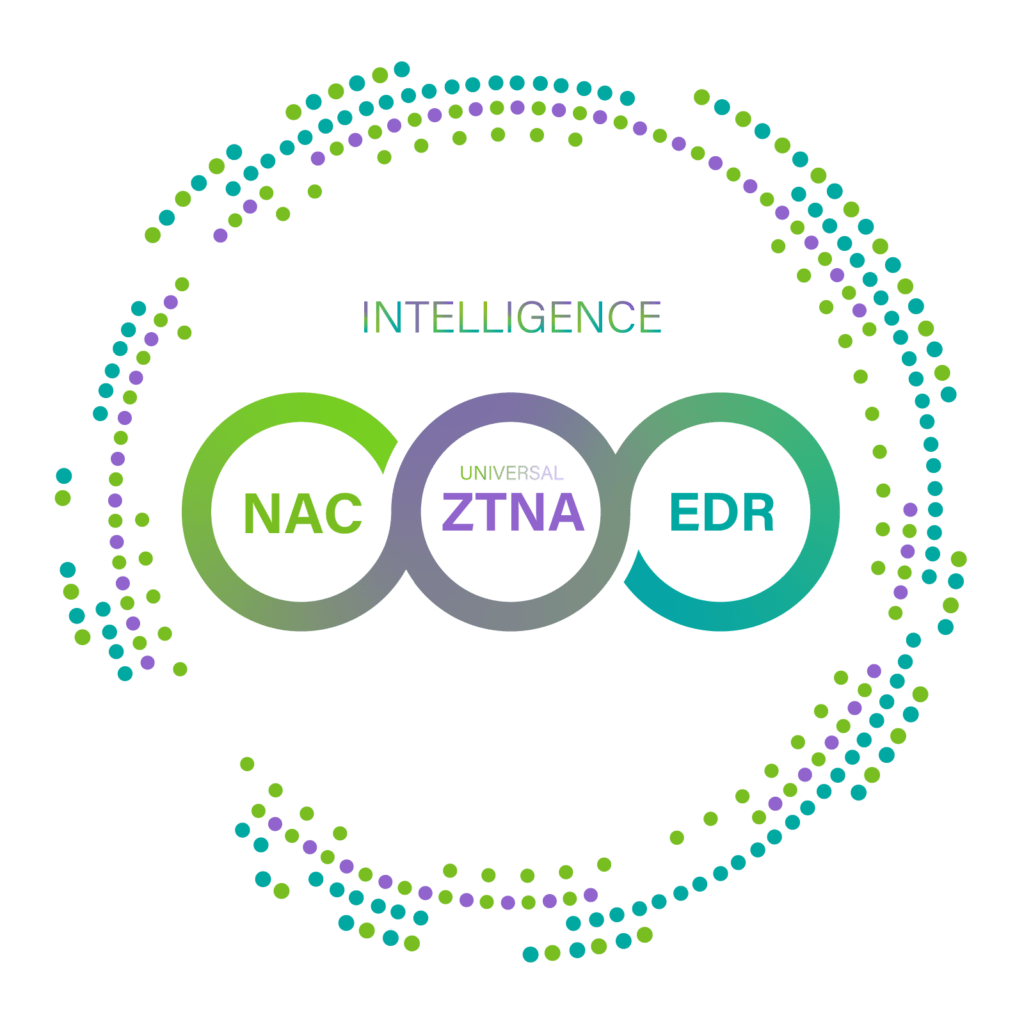One of the first business barometers you can use to see how important a technology solution is to your organization is demand. While there are exceptions, chances are that if the best practices of companies guide them to adoption of a certain IT product or service, or of transition to a new adoption model (such as moving to cloud-based from on-premise systems), it deserves careful consideration. In this light, network access control (NAC) shines: the NAC market will grow at 31.17%, increasing to $2.646 billion USD by 2020, according to market analyst MarketsandMarkets. Similarly, competitor research outfit Grand View Research projected a 30.2% compound annual growth rate (CAGR) through 2022, with the industry reaching $4.39 billion USD in annual revenue by that point.
 Like many IT terms, network access control may seem to be a mouthful but is fundamentally descriptive: a NAC solution controls access to the network. NAC systems are put into place to make sure that anyone who enters the system, both in terms of users and devices, is authorized. After being routed the efforts at connection, the network access control system confirms privileges using an identity and access management (IAM) (a program that checks users for appropriate permissions to access data materials, as indicated by internal policies). With the information from the IAM, along with a pre-established list of rules (set by the business using the solution), the NAC is able to smartly accept or deny access requests.
Like many IT terms, network access control may seem to be a mouthful but is fundamentally descriptive: a NAC solution controls access to the network. NAC systems are put into place to make sure that anyone who enters the system, both in terms of users and devices, is authorized. After being routed the efforts at connection, the network access control system confirms privileges using an identity and access management (IAM) (a program that checks users for appropriate permissions to access data materials, as indicated by internal policies). With the information from the IAM, along with a pre-established list of rules (set by the business using the solution), the NAC is able to smartly accept or deny access requests.
The need for and basic role of a network access control system is easily understandable. However, implementing NAC can be tricky. The reason it can be difficult to get this technology into place properly, notes Sue Marquette Paremba in eSecurity Planet, is that you need for all of your protocols and systems to be coordinated and integrated to achieve meaningful and effective control. However, a well-designed solution will make this concern irrelevant.
How a NAC solution works
When you adopt a network access control solution, the first thing it will do is find all devices currently accessing the system; identify what kind of device they are; and determine whether to validate them and how to treat them using preestablished protocols designed by the company’s security personnel. A network access control system has rules related to a wide spectrum of devices, along with finely grained settings to help you determine permissions. A unified administrative system houses these rules and applies them as needed.
Many companies will utilize NAC as their staff grows and they have an increasing number of devices to manage. These solutions are also helpful for achieving data protection across a variety of different branch locations. The difficulty of securing an organization and managing access has become especially overwhelming in an era when widespread incorporation of IOT devices is becoming more common throughout business; NAC is the fix. The general issue with bring your own device (BYOD), though, is what drew many businesses to this service.
NAC essential with rise of BYOD
Bring-your-own-device policies, in which companies try to get more productivity out of their staff and lower costs by incorporating employee devices into the company network, became incredibly popular in the last few years. BYOD became so commonplace a concept that it was an accepted standard in many industries, despite the security risks that are inherent in incorporating many different systems. Those that did not implement BYOD did so at the risk of employees going rogue and creating shadow IT, applications and devices that exist beyond the control or management of a business.
This new climate has been significant simply in meaning that the way that we have started working in recent years – with mobility becoming standard, and with work accounts accessed from many devices and networks – creates as much increased risk as actual security threats do. With employees using their mobile devices and laptops for both personal and business tasks, companies see productivity gains but more exposure to potential compromise of data that belongs to the firm or that it is entrusted to hold.
The typical security technologies that have been used to protect systems – including antivirus, antispyware, patch management, firewalls, and intrusion detection systems – still have a major role to play; however, they need assistance in this extraordinarily complex multi-device landscape. Businesses can put whatever tools they want in place. They still become vulnerable whenever access occurs from a device that is not configured properly for data protection; contains an expired antivirus solution; or has an outdated operating system or other applications. Failures to patch and update devices accessing a network is possibly the single most important place to address security today, according to discussion in ComputerWeekly.
Since this aspect of security has increasingly been seen as pivotal, the network access control market has grown to meet the demand. NAC products check users and devices via an endpoint assessment, providing access related to verification of the user’s identity and the status of the device, with a security policy based on those parameters.
Early in the network access control industry, most of the systems that were available were created for and used by large enterprises. Even organizations that had the funds and personnel to run these systems sometimes had difficulty implementing them because of the vast scope of the project and the incredible challenge of interoperability. Today, the market has matured, and sophisticated solutions have emerged to soundly meet the ongoing security needs of business.
The road to network access control
Network access control was not developed in isolation. Many of its protocols and tools have existed in some form previously, whether as components of wireless systems or as features of intrusion prevention systems. While the individual pieces of NAC have been available in the past, the reason that network access control is becoming critical is that it gives you a centralized way in which to apply and deliver these security technologies and processes, consistently and seamlessly.
Network access control systems were traditionally used to block unauthorized devices from a traditional data center network. As the digital era emerged, NAC systems became much more robust in order to meet the challenge of applying rules and policies that work across an ecosystem of BYOD, mobile hotspots, and cloud services. A particular concern today is that a network access control system simplifies access in an otherwise overwhelming Internet of Things (IoT) era.
While rogue laptops and desktops were the concern in the early days of NAC, today, BYOD and IOT are central. Businesses seeking NAC solutions are often most focused on a diverse array of tablets, smartphones, and laptops. In order to continue to deliver fully interoperable services, companies that provide NAC often work with mobile device management (MDM) providers and providers of IoT devices to allow for comprehensive protection that properly accounts for all endpoints.
Moving forward with NAC
Do you want to harness the power of the cloud to simplify the management of your network security? With the Network Surveillance provided by Genian NAC, you can get better control of all your network assets to ensure the highest levels of security and compliance. See the major features of Genian NAC.





